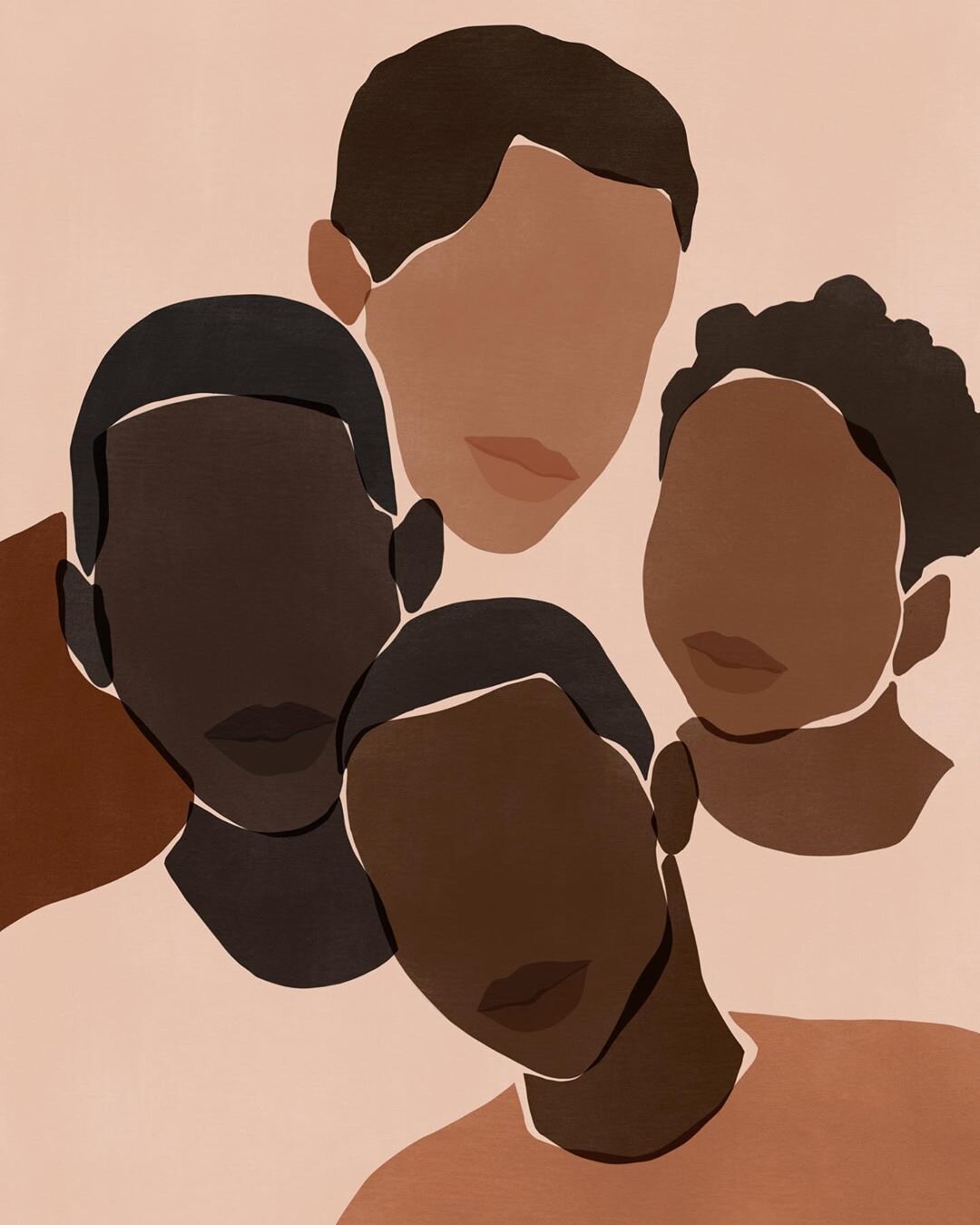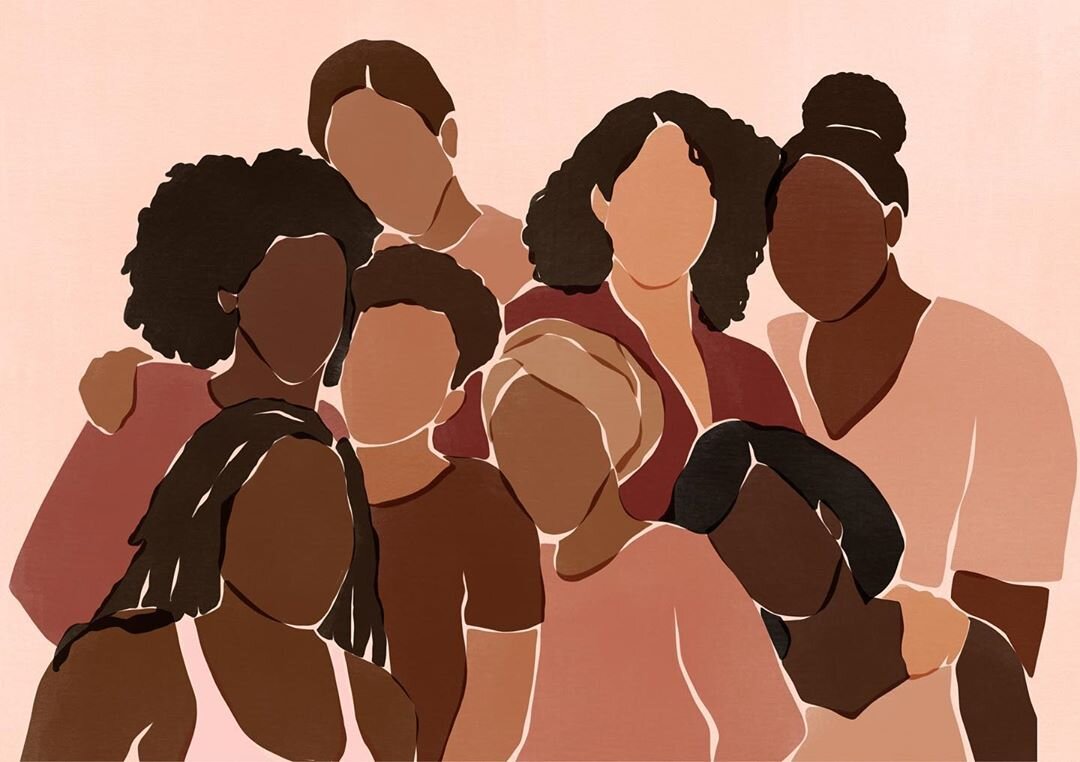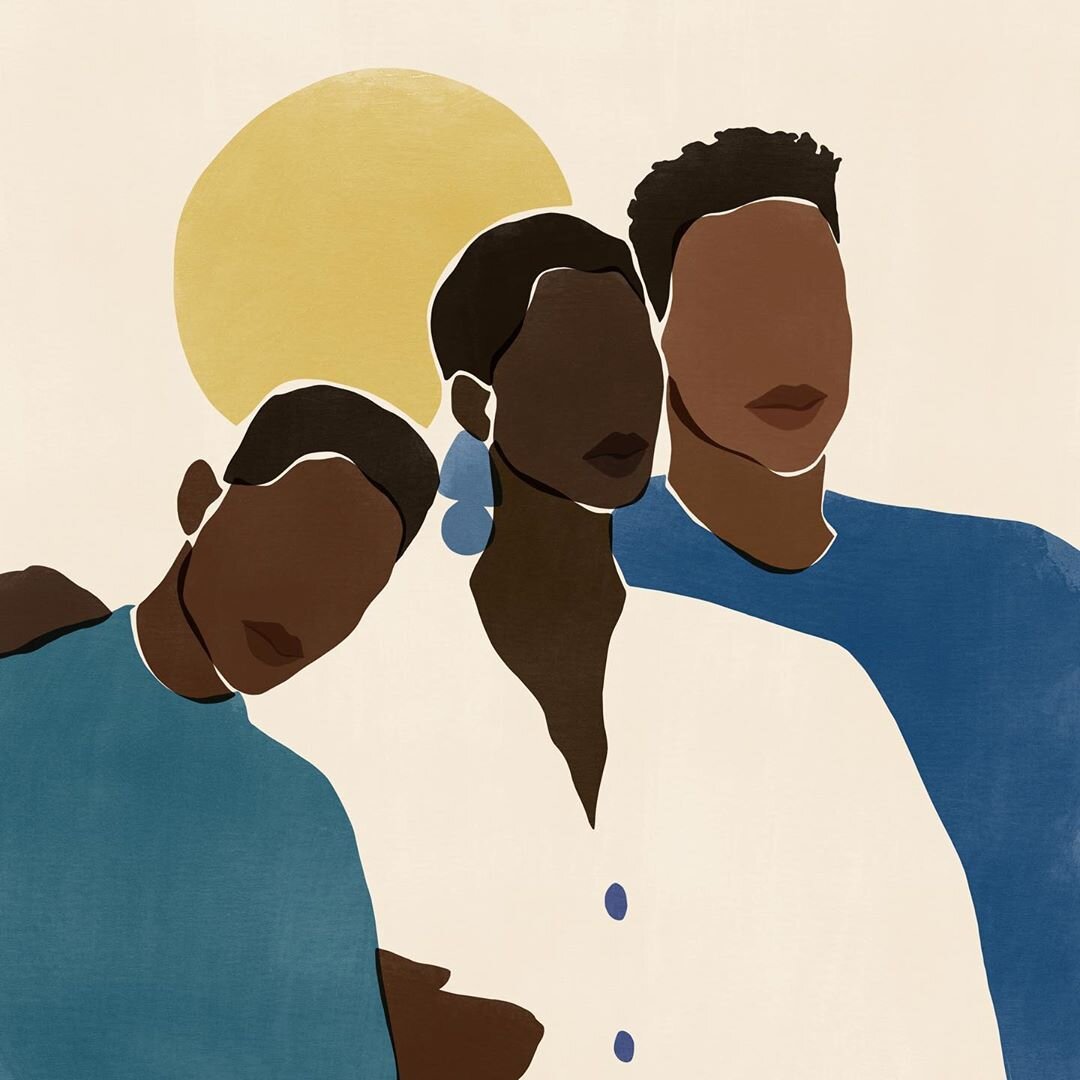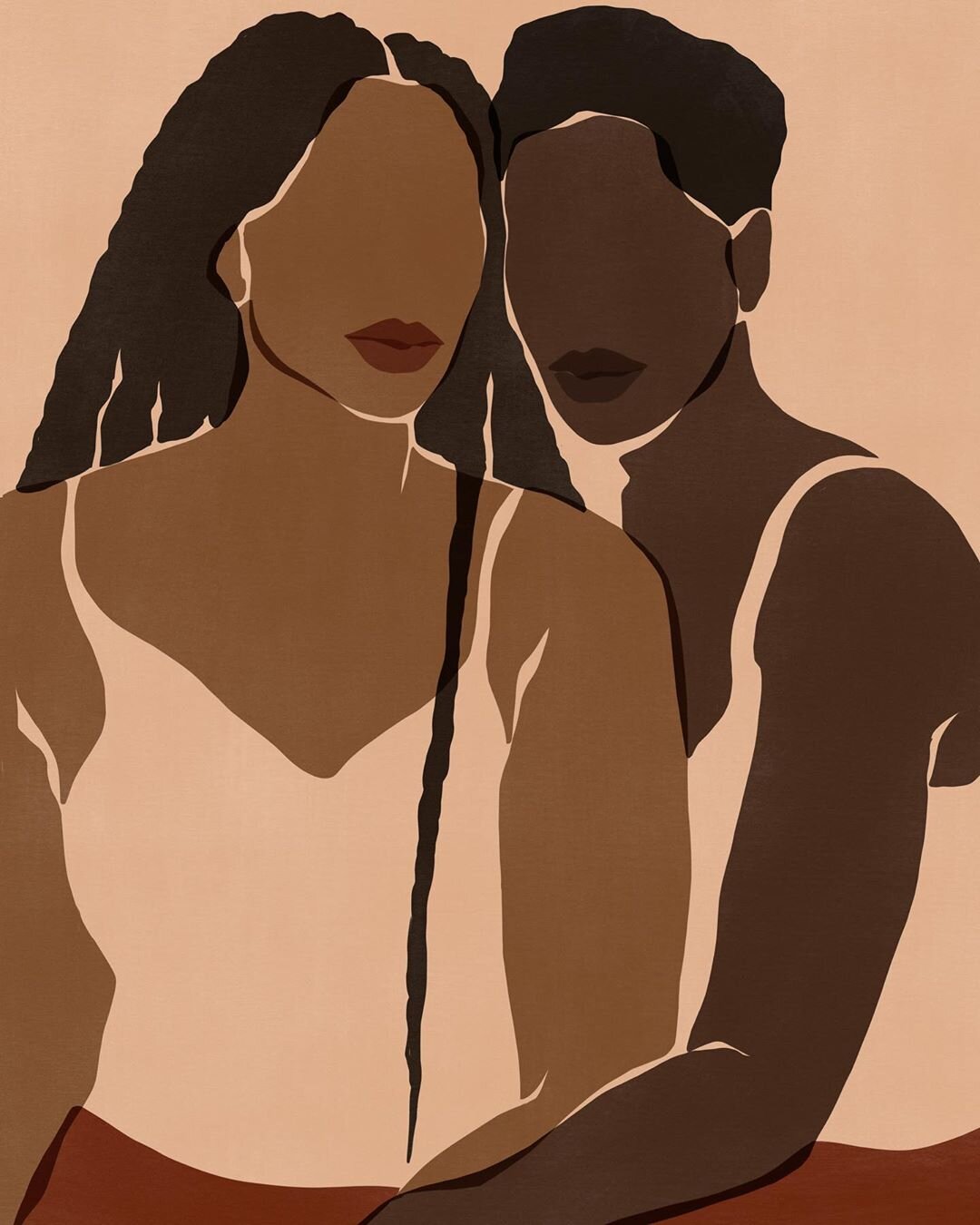It's Not Just Hair
Hair Discrimination: A Brief History
Institutional racism (aka systemic racism) is racism embedded in societal norms and practices. Texturism is discrimination based on hair texture, and this kind of discrimination is often institutionalized. It thrives on the ideology that certain natural hair patterns are “better” and more acceptable than others. Afro-textured hair bears the brunt of this discrimination. This hair texture, a phenotype of Black people, is often regarded as unprofessional, unattractive, and unclean.
During the Atlantic slave trade, Black Africans were forcibly transported from Sub-Saharan Africa to the America’s and the Carribean. Once they arrived in the “new world”, their heads were shaved to erase any trace of culture and identity. Remember, different African tribes used different hairstyles to express tribal identity, marital status, age, and other markers of both individuality and community. The enslaved people wore headscarves to protect their scalps from sunburn and lice. As time progressed, these headscarves became more associated with women, who wore them in various fashions based on their region and personal style.
In the 19th century the quality of life of enslaved people increased. Now enjoying Sundays off, Black women would take the day to style their hair. They kept it wrapped Monday - Saturday, uncovering it for church services on Sunday. As traditional styling tools weren't available to them, Black women used butter, kerosene, bacon grease and combs meant for livestock to style their hair.
The concept of “good hair” started in the time period leading up to the abolition of slavery in the United States. Slaves who worked in homes didn't wear headscarves as field laborers did, and were often children of white slave owners. This meant that they were more likely to have straighter hair as opposed to kinky hair. Back then, many Black women would try to use a lye mixture to straighten their hair, and this would sometimes cause skin burns. The association of these common physical characteristics of the enslaved people working in the house and goodness is still prevalent today by way of colorism.
Discrimination in the U.S
As mentioned earlier, Texturism is discrimination based on hair texture. There is no federal law that prohibits this form of racism. In fact, it is often upheld in company policies, school dress codes, and even our armed forces. Today, only a total of 7 states have passed laws that prohibit such discrimination. California was the first state to do so in 2019 with the Crown Act. This means that of our 50 states, only 7 have laws against institutionalized texturism, and these laws were passed less than a year ago.
When a group of people are liable to be fired at their job, not hired for a job, expelled from school, punished in the army and so on and so forth on the basis of their hair we can all agree that is an injustice. When this injustice is based on the color of one's skin, it is a race based injustice. When White people and those in close proximity to white or light skin sport these hairstyles that close doors for many Black women, they are seen as innovators, free spirits, creatives, and a slew of other positive affirmations. This is where we get into cultural appropriation.
Cultural appropriation describes the “taking over of creative or artistic forms, themes, or practices by one cultural group from another”. It is harmful to many marginalized people of color. To be discriminated against for aspects of your culture or natural features is one thing, but to have those same parts of you replicated insensitively by others of a different skin tone and praised is a wholly other, vial thing. Yes, the mixing of cultures is often unavoidable when multiple groups of people from different backgrounds come together, but that is not an excuse.
There are ways to be inspired but aspects of someone else's culture, to show appreciation, without being disrespectful or ignorant about it. You must first recognize the privilege that you have to be able to adorn yourself in these cultural aspects with no fear of negative judgement and backlash. You must then do the work to understand what you are being inspired by and the feasibility of emulating it respectfully. It is not just hair. It is not just a costume. It is not just an opinion. It is the erasure of culture, the disregard of tradition, and the dehumanization of a people.
Curl Cupid™ Hair Quiz
The Glimmer 411 team created the Curl Cupid™ Hair Quiz to make curly and coily hair care simpler for people like you.
Take the Hair Quiz today to receive a custom hair report with in-depth details on how to take better care of your curls!














![At Glimmer 411, our values are the heart of everything we do. Because YOU [our customers] are the top priority, we want to share them with you!
First up is ✨ INTEGRITY ✨ Swipe to find out more on how we plan to act on this value ➡️
—⠀
#G41](https://images.squarespace-cdn.com/content/v1/5c716cc590f9045c858a9fa6/1615484483997-5XKMEBQLCF4Q3TKP7KFI/image-asset.jpeg)